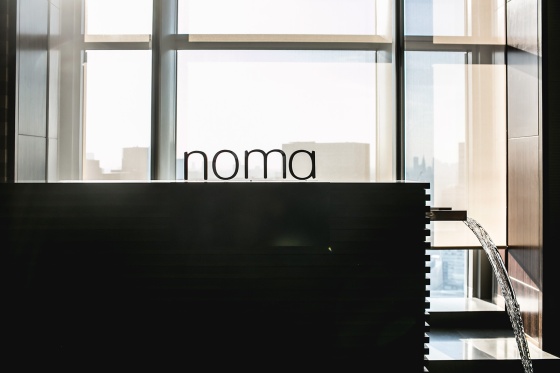 Yesterday was Noma’s last service in Tokyo. A reservation waiting list of 60,000 people, but we were one of the lucky ones. The happy dance we did when we found out we got ourselves a table was followed by a few months of waiting. Longing..
Yesterday was Noma’s last service in Tokyo. A reservation waiting list of 60,000 people, but we were one of the lucky ones. The happy dance we did when we found out we got ourselves a table was followed by a few months of waiting. Longing..
As Redzepi wanted to experiment with Japanese ingredients, his only option was to move his entire restaurant. He shut the doors of his restaurant in Copenhagen and took his complete crew and philosophy to Tokyo. That means leaving all the Nordic ingredients behind and sourcing local foods in Japan. They created an entirely new menu, from appetizers to dessert using things like cherry blossoms, wasabi and citrus. Ingredients that never could be local in Denmark.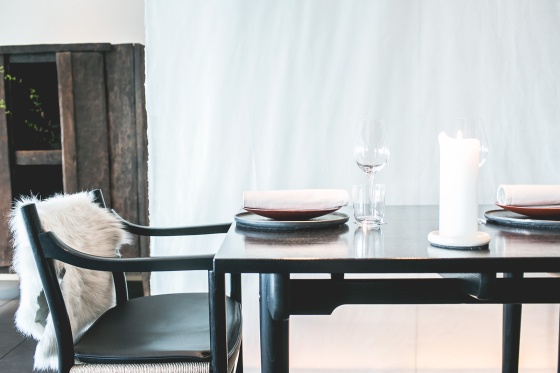 11 february 2015, lunch, Noma, Mandarin Oriental, Tokyo
11 february 2015, lunch, Noma, Mandarin Oriental, Tokyo
Entering the restaurant on the 37th floor we were welcomed by the familiar faces of the crew we saw the summer before. Once we sat down the chef himself came to welcome us back and after that it didn’t take long until the raw botan ebi (shrimp) seasoned with Nagano forest ants was staring at us from an iced plate. Our last visit learned us the ants provide a citrus flavor so we were not surprised to see them again but I must admit we did have to pull ourselves together for putting the still moving shrimp which was trying to get of the plate in our mouths. 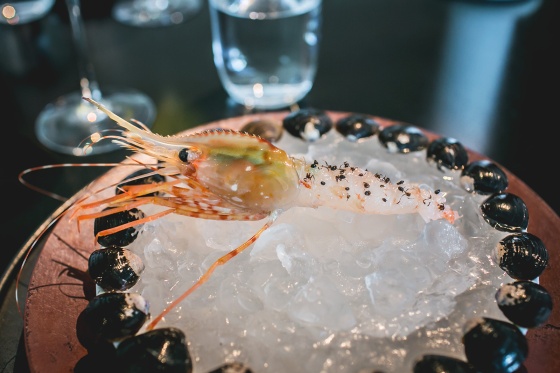 Who thinks Noma uses ingredients like this just to shock you is wrong. It’s the essence of what food is about and it’s surprising to notice how things like insects and living animals are not integrated in the (mainly Western) kitchen yet. When our food still has eyes or is still moving we get frightened even though slurping fresh (alive) oysters is nothing new to us. Many chefs claim to be local and sustainable nowadays, but 100% local in Copenhagen means no use of some basics as black pepper or citrus to season the food. This is where the ants come in and bring similar flavors. After reading Rene Redzepi’s diary I learned his inspiration to use ants came from Brazilian chef Alex Atala and the diary made me understand, appreciate and respect his vision and his work even more than before. I would recommend everyone interested in food and/ or creativity to read it. Just like in Copenhagen the next dishes rapidly followed to keep our focus on the food.
Who thinks Noma uses ingredients like this just to shock you is wrong. It’s the essence of what food is about and it’s surprising to notice how things like insects and living animals are not integrated in the (mainly Western) kitchen yet. When our food still has eyes or is still moving we get frightened even though slurping fresh (alive) oysters is nothing new to us. Many chefs claim to be local and sustainable nowadays, but 100% local in Copenhagen means no use of some basics as black pepper or citrus to season the food. This is where the ants come in and bring similar flavors. After reading Rene Redzepi’s diary I learned his inspiration to use ants came from Brazilian chef Alex Atala and the diary made me understand, appreciate and respect his vision and his work even more than before. I would recommend everyone interested in food and/ or creativity to read it. Just like in Copenhagen the next dishes rapidly followed to keep our focus on the food.
Citrus and long pepper: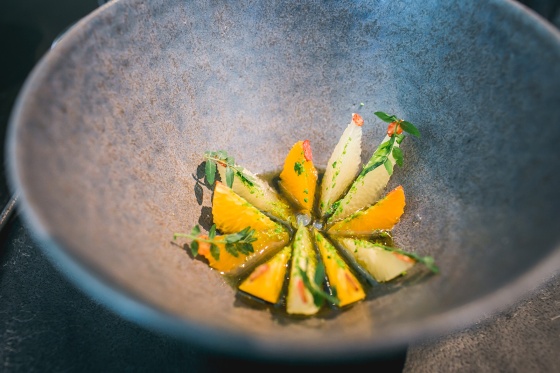 Shaved monkfish liver:
Shaved monkfish liver: Koika cuttlefish “soba”:
Koika cuttlefish “soba”: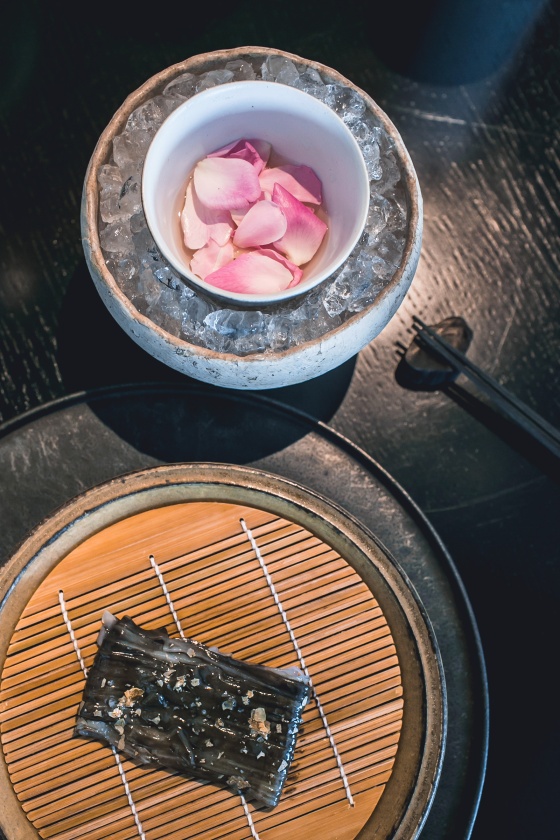 Æbleskiver stuffed with steamed mustard leaf greens and wasabi, garnished with flowers pickled in apple vinegar:
Æbleskiver stuffed with steamed mustard leaf greens and wasabi, garnished with flowers pickled in apple vinegar: 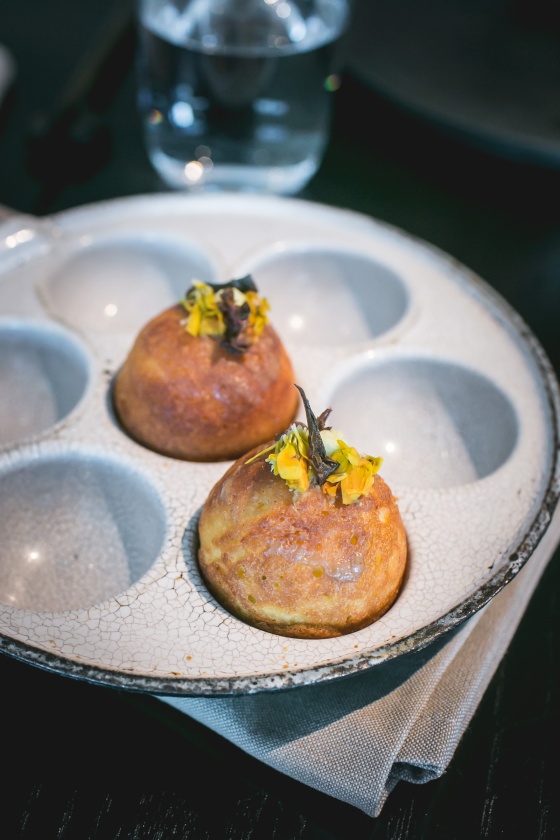 Sea urchin tart:
Sea urchin tart: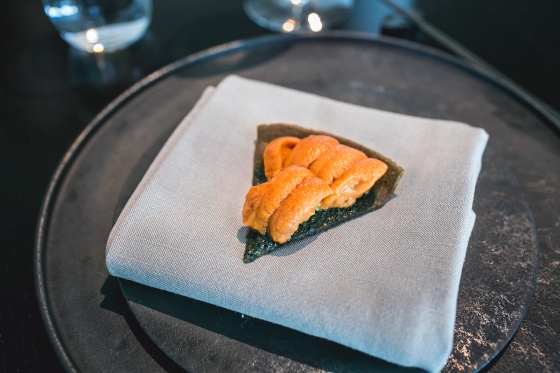 Scallop, dried and blown up with beech nuts and kelp:
Scallop, dried and blown up with beech nuts and kelp: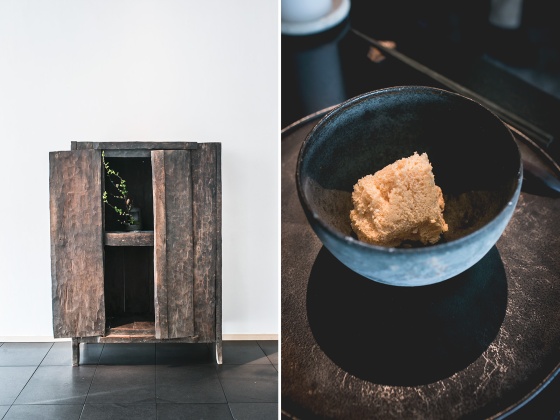 Hokkori pumpkin with cherry wood oil and salted cherry blossoms:
Hokkori pumpkin with cherry wood oil and salted cherry blossoms: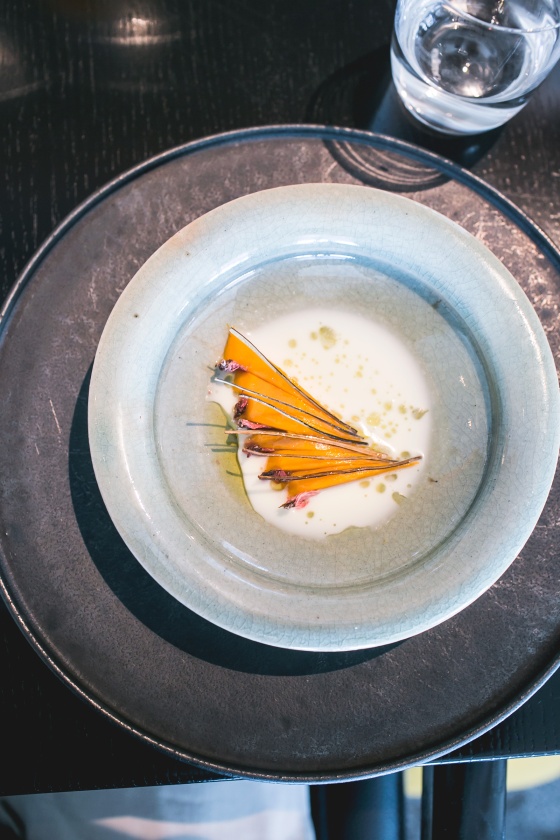 Fermented garlic:
Fermented garlic: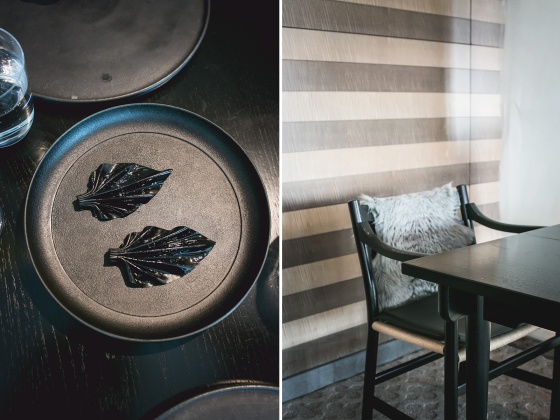
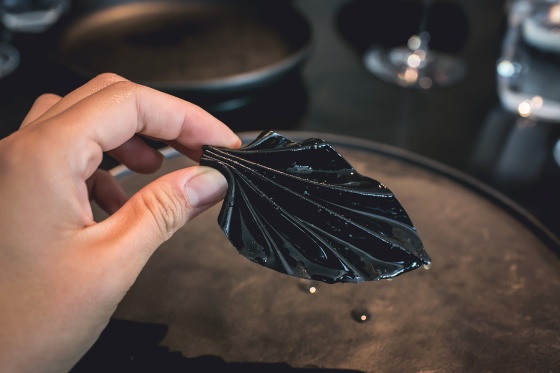
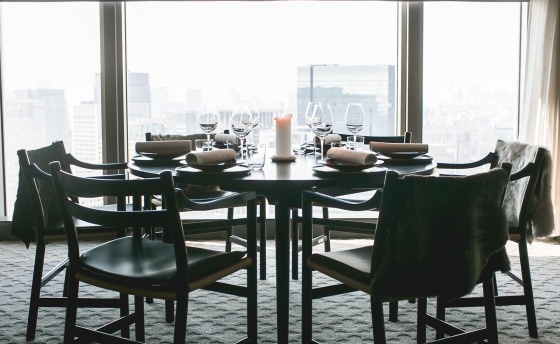
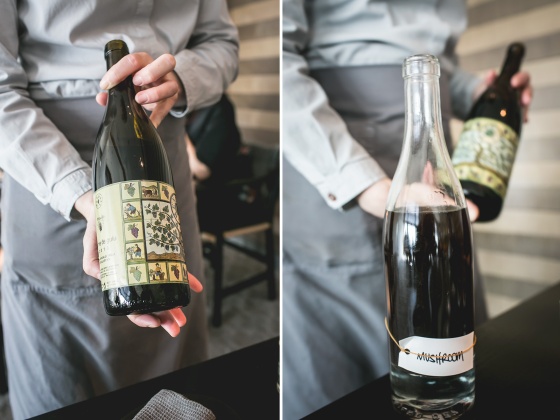 Wild duck:
Wild duck: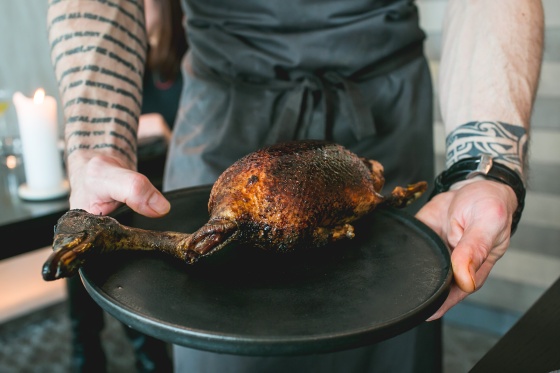 Wild cinnamon and fermented chocolate mushroom:
Wild cinnamon and fermented chocolate mushroom: 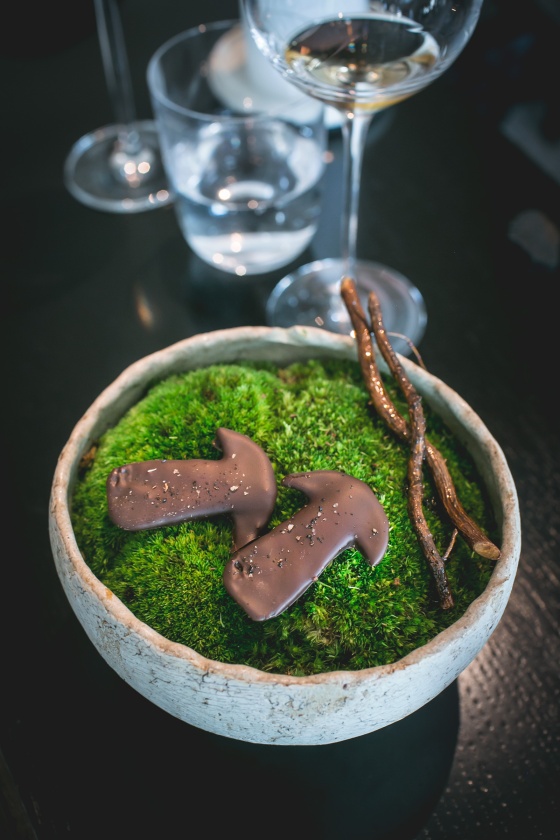 My personal favorites: The citrus and long pepper dish: a variety of different Japanese citrus (suntan, Hassaku, Mikan and Iyoukan), drizzled with kombu infused wild sesame oil and garnished with Sancho and pipātsu (sliced long pepper).
My personal favorites: The citrus and long pepper dish: a variety of different Japanese citrus (suntan, Hassaku, Mikan and Iyoukan), drizzled with kombu infused wild sesame oil and garnished with Sancho and pipātsu (sliced long pepper).
The fermented black garlic origami leaf with the Nagano ants again was almost like candy, like Dutch licorice. I wanted a bag full of that.
And, with my sweet tooth and Rosio (secret crush) serving it, the fermented mushrooms in chocolate on a bed of moss was the perfect closure of the meal. 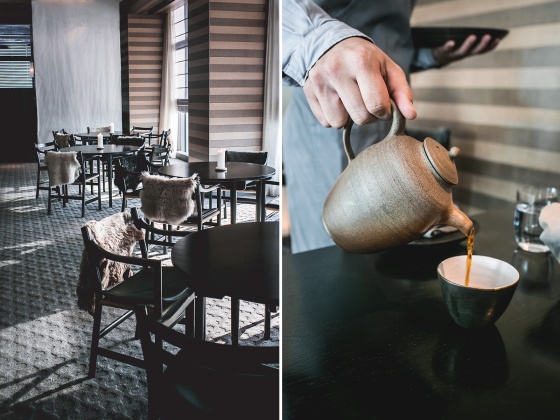 Redzepi’s treatments on the food were totally respectful of the Japanese tradition but he took them into completely new dimensions. He is always challenging himself and his team to go beyond and even though he’s got the best restaurant in the world he’s still learning and trying to get better. The temporary restaurant in Tokyo could be seen as a step to take Noma in Copenhagen to the next level. Meanwhile, in Japan, he has been a big inspiration for local chefs and customers to go beyond the confines of Japanese tradition. This was a huge succes!
Redzepi’s treatments on the food were totally respectful of the Japanese tradition but he took them into completely new dimensions. He is always challenging himself and his team to go beyond and even though he’s got the best restaurant in the world he’s still learning and trying to get better. The temporary restaurant in Tokyo could be seen as a step to take Noma in Copenhagen to the next level. Meanwhile, in Japan, he has been a big inspiration for local chefs and customers to go beyond the confines of Japanese tradition. This was a huge succes!
So this was it, my second visit to Noma. Even though I might have enjoyed the food on my first visit just a bit more the experience in Japan and the welcoming crew made this another memorable visit. We didn’t want to leave the dining room when the dinner was over and I feel like I’m getting addicted cause I can’t wait to go back to Copenhagen! But first things first: feeding my piggy bank again.. 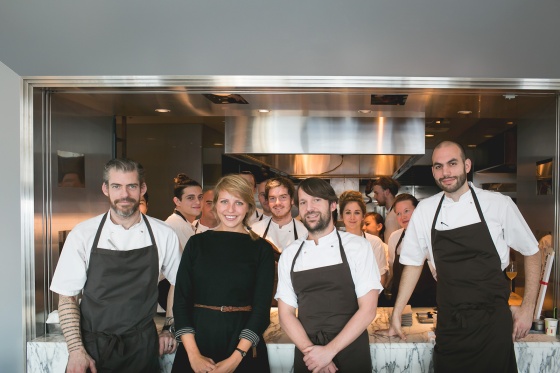
35.689487
139.691706

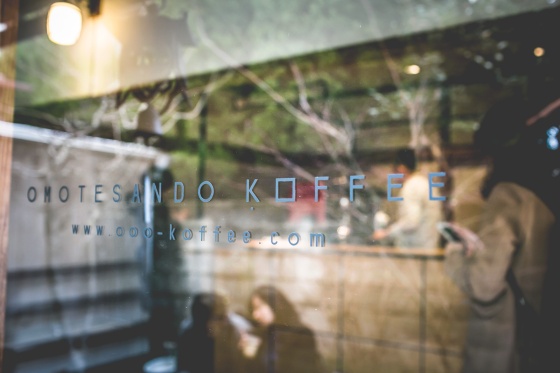
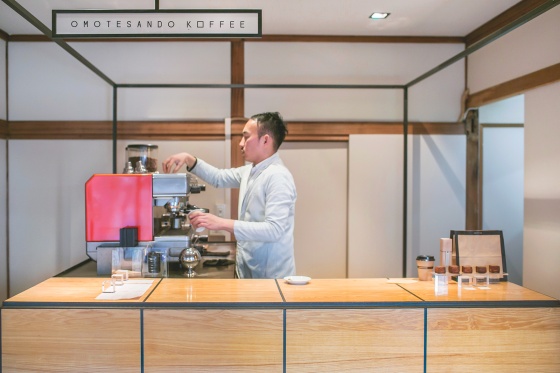

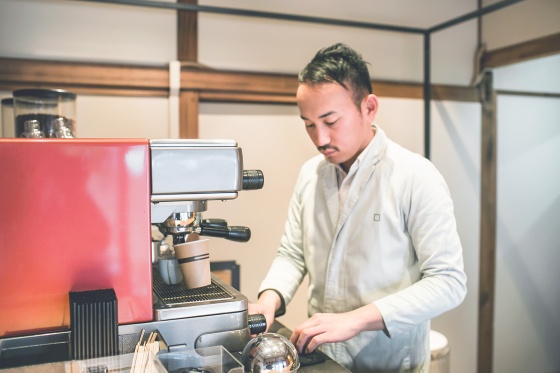
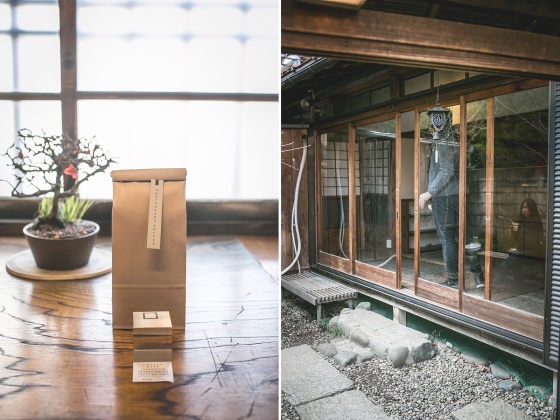
 Yesterday was Noma’s last service in Tokyo. A reservation waiting list of 60,000 people, but we were one of the lucky ones. The happy dance we did when we found out we got ourselves a table was followed by a few months of waiting. Longing..
Yesterday was Noma’s last service in Tokyo. A reservation waiting list of 60,000 people, but we were one of the lucky ones. The happy dance we did when we found out we got ourselves a table was followed by a few months of waiting. Longing..
 Who thinks Noma uses ingredients like this just to shock you is wrong. It’s the essence of what food is about and it’s surprising to notice how things like insects and living animals are not integrated in the (mainly Western) kitchen yet. When our food still has eyes or is still moving we get frightened even though slurping fresh (alive) oysters is nothing new to us. Many chefs claim to be local and sustainable nowadays, but 100% local in Copenhagen means no use of some basics as black pepper or citrus to season the food. This is where the ants come in and bring similar flavors. After reading Rene Redzepi’s diary I learned his inspiration to use ants came from Brazilian chef Alex Atala and the diary made me understand, appreciate and respect his vision and his work even more than before. I would recommend everyone interested in food and/ or creativity to read it. Just like in Copenhagen the next dishes rapidly followed to keep our focus on the food.
Who thinks Noma uses ingredients like this just to shock you is wrong. It’s the essence of what food is about and it’s surprising to notice how things like insects and living animals are not integrated in the (mainly Western) kitchen yet. When our food still has eyes or is still moving we get frightened even though slurping fresh (alive) oysters is nothing new to us. Many chefs claim to be local and sustainable nowadays, but 100% local in Copenhagen means no use of some basics as black pepper or citrus to season the food. This is where the ants come in and bring similar flavors. After reading Rene Redzepi’s diary I learned his inspiration to use ants came from Brazilian chef Alex Atala and the diary made me understand, appreciate and respect his vision and his work even more than before. I would recommend everyone interested in food and/ or creativity to read it. Just like in Copenhagen the next dishes rapidly followed to keep our focus on the food.











 My personal favorites: The citrus and long pepper dish: a variety of different Japanese citrus (suntan, Hassaku, Mikan and Iyoukan), drizzled with kombu infused wild sesame oil and garnished with Sancho and pipātsu (sliced long pepper).
My personal favorites: The citrus and long pepper dish: a variety of different Japanese citrus (suntan, Hassaku, Mikan and Iyoukan), drizzled with kombu infused wild sesame oil and garnished with Sancho and pipātsu (sliced long pepper). Redzepi’s treatments on the food were totally respectful of the Japanese tradition but he took them into completely new dimensions. He is always challenging himself and his team to go beyond and even though he’s got the best restaurant in the world he’s still learning and trying to get better. The temporary restaurant in Tokyo could be seen as a step to take Noma in Copenhagen to the next level. Meanwhile, in Japan, he has been a big inspiration for local chefs and customers to go beyond the confines of Japanese tradition. This was a huge succes!
Redzepi’s treatments on the food were totally respectful of the Japanese tradition but he took them into completely new dimensions. He is always challenging himself and his team to go beyond and even though he’s got the best restaurant in the world he’s still learning and trying to get better. The temporary restaurant in Tokyo could be seen as a step to take Noma in Copenhagen to the next level. Meanwhile, in Japan, he has been a big inspiration for local chefs and customers to go beyond the confines of Japanese tradition. This was a huge succes!